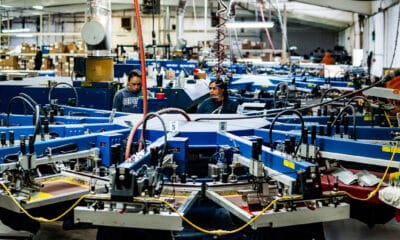WHEN MOST SCREEN printers think of ROI, their minds jump to the big-ticket equipment — the press, the dryer, the exposure unit. But here’s the truth: Your real profit margin often slips away in the consumables and tools.
The inks you pull, the squeegees you scrape, the emulsion you coat, the mesh you stretch… these everyday supplies determine whether your investment pays off or bleeds you dry. ROI isn’t just about the money you spend, it’s about the money you keep. And the tools you choose can be the difference between scraping by and scaling up.
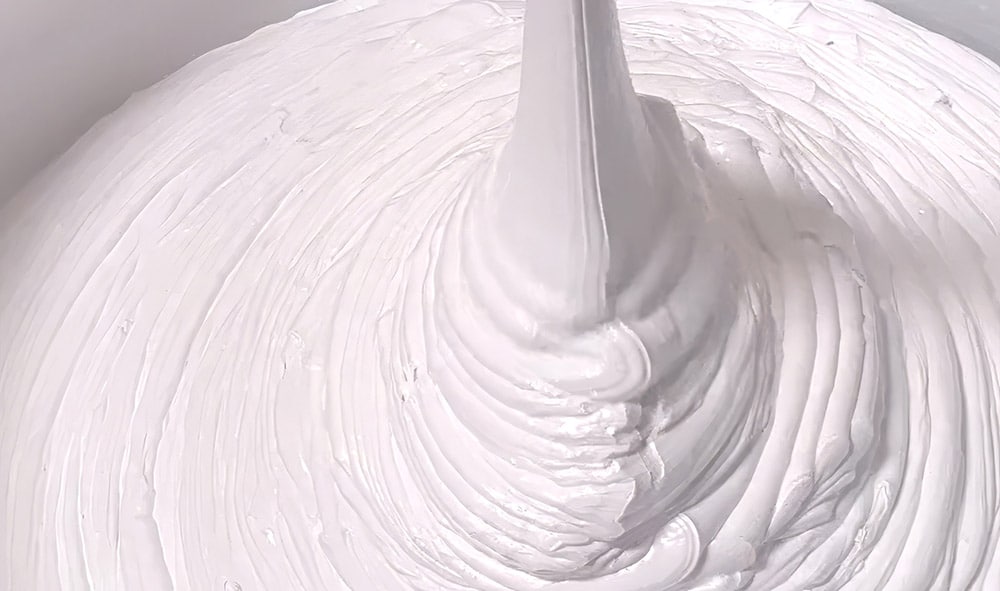
A high-performance ink system does more than print well, it has many benefits such as reducing screen cleaning frequency.
The True Cost of Cheap Supplies
Imagine you’re at a gas station. The price and octane ratings are the same across the board, so you assume your miles per gallon will be too. But what if that’s not the case? What if one brand gives you 20% fewer miles or leaves carbon deposits in your engine over time? Would you keep using it?
This same logic applies in your print shop. A gallon of ink, a squeegee, or a scoop of emulsion might seem like minor expenses, but they’re critical in determining the efficiency and profitability of your shop.
Ink: Production Multiplier or Bottleneck
Let’s start with the star of the shop: Ink. Many printers fixate on cost per gallon. But price doesn’t equal to value.
If your press can run one shirt every four seconds, but your bargain white ink requires a six-second flash instead of four, you’re losing hundreds of prints a day. Even one lost second per shirt can potentially equal:
120 fewer prints per hour
- At $1 profit per print = $120 in lost profit/hour
- Over a seven-hour shift = $840/day
- Over approximately 20 workdays/month = $16,800/month
So, you’re potentially losing five figures because of one second. Is a cheaper ink saving you money? Even if the ink costs you double the amount, it still wouldn’t make sense to use the cheaper product.
High-quality inks offer:
- Faster flash and cure times
- Cleaner wet-on-wet printing
- Less buildup on screens
- Fewer press stoppages and cleaner prints
- Reduced labor due to less cleanup
- And that’s just the start.
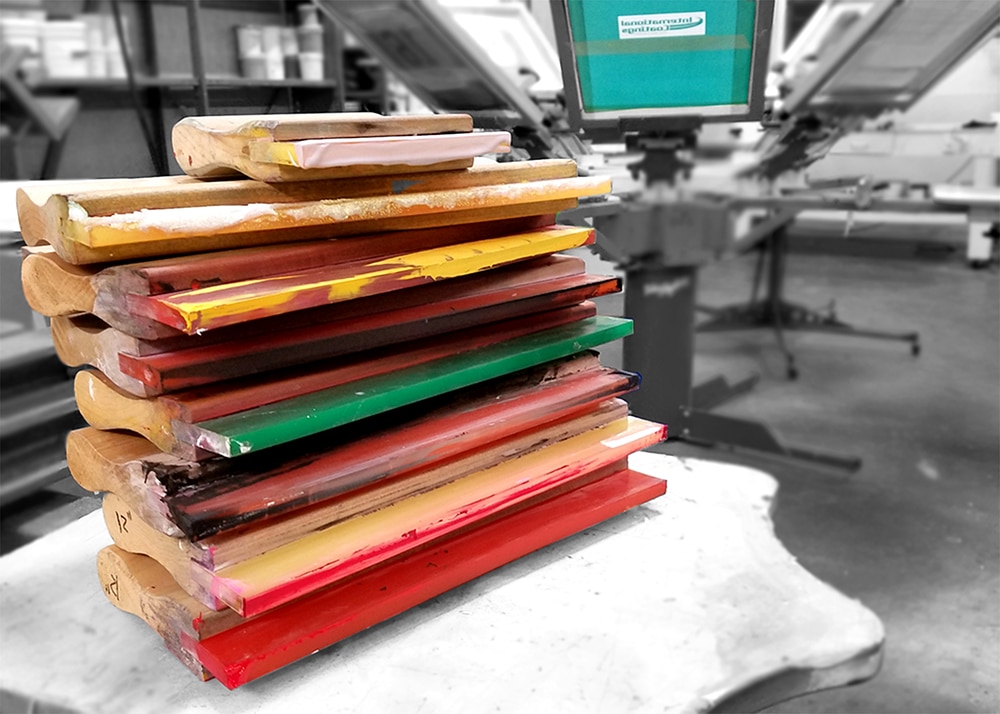
Squeegee blades frequently are a neglected contributor to ROI. If you’re using dull, rounded, or jagged/chipped blades to save a few bucks, you’re undermining print quality and productivity.
Squeegees: Small Tool, Big Impact
Here’s a frequently neglected contributor to ROI: Squeegee blades. Squeegees are responsible for transferring ink smoothly and consistently across the screen. But if you’re using dull, rounded, or jagged/chipped blades to save a few bucks, you’re undermining print quality and productivity.
Poor squeegee edges can:
- Over-deposit ink or spread it unevenly
- Cause ink to clog the mesh, requiring slower squeegee speed and higher pressure.
- Create blurred or inconsistent prints
- Stop the press for troubleshooting or reclaiming
- Cause lost time, frustrated staff, and higher labor costs
Replacing squeegee blades regularly is one of the cheapest, easiest ways to increase consistency and throughput. A new squeegee blade is a minor cost. The downtime from poor ink laydown? Not so minor.
Advertisement
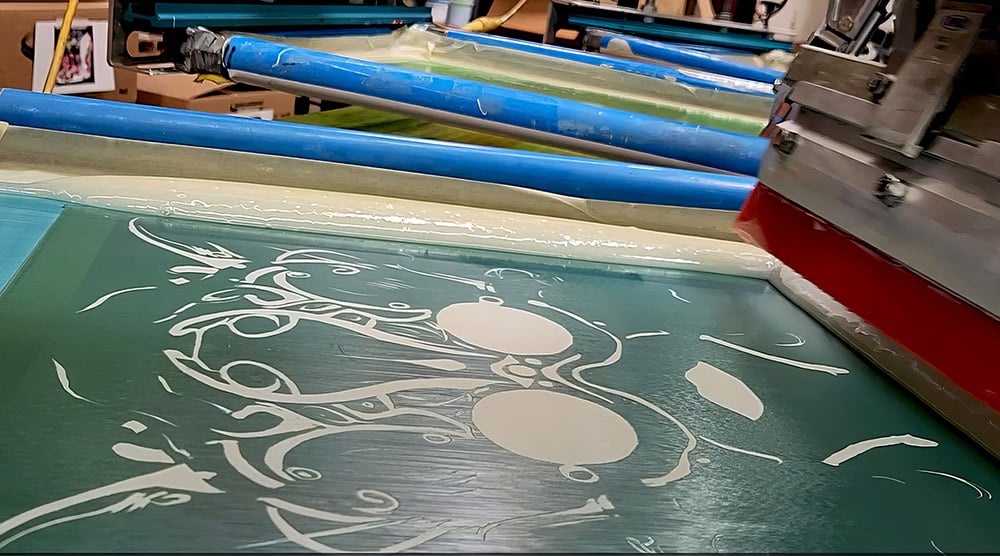
Screen tension plays a far more critical role in your print quality and ROI than most people realize. Simply put: The tighter the mesh, the better the print.
Mesh: The Foundation of Every Screen
Your mesh isn’t just a passive tool. It’s the foundation for everything that happens on press. But not all mesh is created equal. Let’s say you order a prestretched 110-mesh screen. That number doesn’t tell you everything.
- What is the thread made of?
- Is it engineered to hold tension throughout production, or will it slacken mid-run?
- What’s the thread thickness? Two 110 meshes can have different open areas depending on the thread diameter.
Here’s what most printers don’t realize: Many screen meshes are made for filtration, not screen printing. Filtration mesh is designed to block particles, not let them flow through.
In screen printing, the larger the open area, the easier it is for ink to pass through and the faster your squeegee can move.
Thinner thread = larger openings = faster print speeds. It also delivers sharper prints while reducing the pressure needed on the squeegee.
Yes, thinner threads may be more fragile, but when handled correctly, they dramatically boost your throughput and quality.
Why save $5 on a screen if it’s holding back your profits for thousands of impressions?

When it comes to ink, the cost-per-print model becomes irrelevant if your print cycle is disrupted by stringy ink, inconsistent colors, and frequent stops.
Screen Tension Matters More Than You Think
Let’s take a moment to talk about screen tension, because it plays a far more critical role in your print quality and ROI than most realize.
Simply put: the tighter the mesh, the better the print. After 47 years in this industry, I can say with complete confidence that I don’t print on loose screens. Once you understand the difference, there’s no going back.
When mesh is properly tensioned, the threads stretch thinner, increasing the open area. Think of it like a rubber band, as it stretches, the material narrows, and the space between fibers grows. The same principle applies.
That open area, typically measured as a percentage, is what allows ink to pass through efficiently. The greater the open area, the easier the ink flows, which means faster print speeds, less squeegee pressure and ultimately, a stronger ROI.
Here’s the twist: sometimes you can increase the mesh count and still achieve more open area. This is because certain mesh constructions use thinner thread diameters, allowing more ink to pass through despite the tighter weave.
So don’t just rely on the mesh count printed on the frame. Ask your supplier:
- What’s the thread diameter?
- What’s the open area percentage?
- Is this mesh designed for screen printing, or is it repurposed filtration fabric?
Investing in the right mesh — not just the right count — can dramatically improve your efficiency and print quality. Once that is understood, screen tension stops being a minor consideration and becomes a major asset to your bottom line.
Emulsion: Your Invisible Insurance
Imagine trying to make bricks without a mold. The cement would flow out and have no form. Your emulsion acts the same; it creates the form and tells the ink what shape it should be.
Often overlooked, emulsion plays a pivotal role in print clarity and production uptime. Many printers cut corners by applying a single coat on each side of the screen.
But a thin emulsion layer:
- Can break down prematurely under pressure or heat
- Allows ink seepage, causing blurry or ghosted images
- Increases the chance of mid-run failures, leading to downtime to recoat, reburn, and re-register screens
Let’s say the emulsion breaks down during a production run:
- You halt the press.
- Spend 30-plus minutes to reclaim and recoat the screen.
- Reburn and reregister.
- Run new test prints.
That can mean 30-plus minutes of lost production that can easily cost $240 or more per screen — and that’s before you factor in lost momentum, delayed delivery, and worker frustration.
Investing in a proper emulsion build — two coats on the shirt side, one on the ink side — is cheap insurance against unnecessary downtime.

Every element in your shop — from the blade angle to the flash dwell time — is contributing to your workflow or interrupting it.
The Domino Effect of Poor Tools
- Every weak link in your workflow multiplies losses.
- A bad ink slows flashing and clogs mesh.
- A dull squeegee causes poor deposits and messy screens.
- A low-quality mesh reduces open area and print speed.
- A thin emulsion layer causes breakdown and rework and possibly double stroking to achieve the desired opacity.
Now multiply those issues over a full week of printing. Your production team is working harder, running slower and generating less revenue all because of “savings” on supplies.
Ink Performance Multiplies — or Diminishes — Everything
- Back to ink. A high-performance ink system does more than print well.
- It reduces screen cleaning frequency.
- It enables faster flash and cure times.
- It prevents buildup in fine detail or halftone areas.
- It keeps your workflow moving with fewer pauses.
- It holds its shape and opacity under pressure.
The cost-per-print model becomes irrelevant if your print cycle is disrupted by stringy ink, inconsistent colors and frequent stops.
Downtime Is the Silent Profit Killer
Every interruption cost money. One minute of downtime on a press rated for 500/hour = eight missed impressions = $8 in lost revenue.
Multiply that across:
- One minute of downtime = 8 shirts lost
- At $1 profit per shirt = $8 lost/min
- 30 minutes of downtime = $240 lost
Now imagine that downtime caused by:
- Ink buildup that requires cleaning
- Screens that lose tension and must be replaced
- Emulsion that breaks down mid-job
- Squeegees that leave behind streaks or halos
That’s money you’ll never get back.
Final Thought: Measure ROI by Output, Not Just Input
Every element in your shop — from the blade angle to the flash dwell time — is contributing to your workflow or interrupting it. Your ROI isn’t just based on how much you spend, it’s based on how smoothly your system runs.
- Are you hitting your true production potential (maximum throughput per hour)?
- Are your supplies helping or hindering your press speed?
- Are you maximizing labor and equipment efficiency (efficient use of labor and time and consistent, repeatable quality)?
Every tool in your shop from ink and mesh, to squeegees, and emulsion, either pushes you forward or pulls you back. The difference between break-even and profit isn’t just your customer rate sheet. It’s your workflow speed. Great tools don’t just cost more, they return more. And that’s ROI that prints.
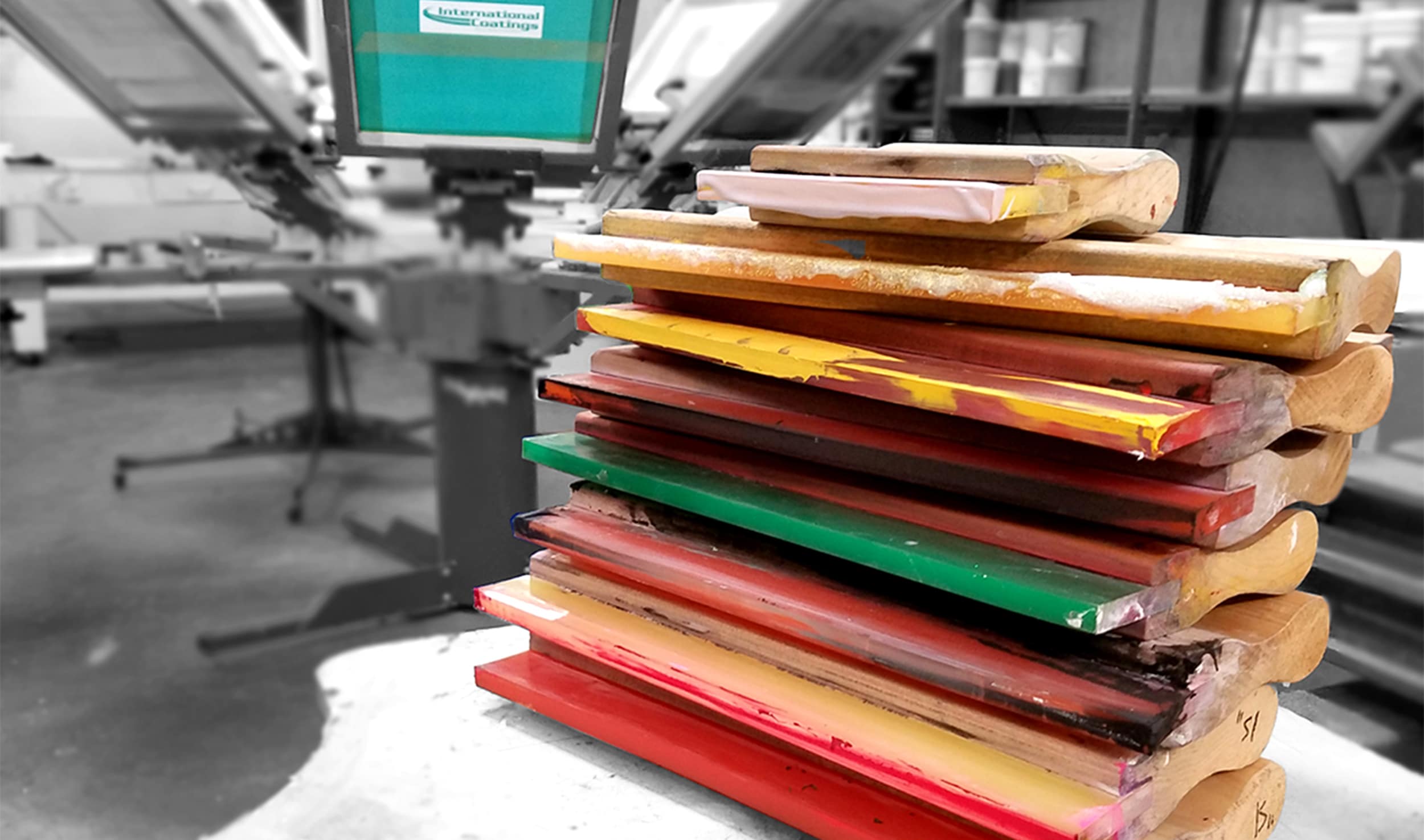

 Expert Perspectives1 month ago
Expert Perspectives1 month ago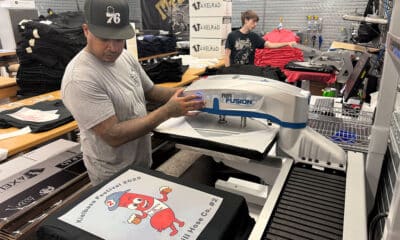
 Shop Management4 weeks ago
Shop Management4 weeks ago
 Shop Management2 months ago
Shop Management2 months ago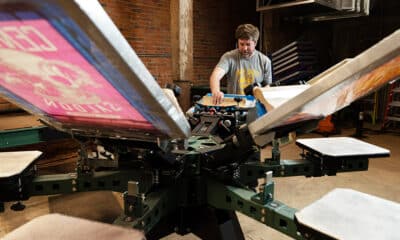
 Case Studies2 months ago
Case Studies2 months ago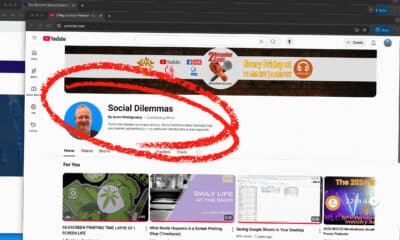
 Tips and How-To2 months ago
Tips and How-To2 months ago
 Women in Screen Printing2 weeks ago
Women in Screen Printing2 weeks ago
 Kevin Baumgart4 weeks ago
Kevin Baumgart4 weeks ago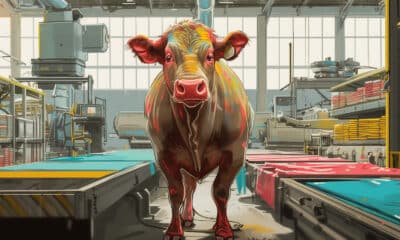
 Marshall Atkinson2 weeks ago
Marshall Atkinson2 weeks ago





